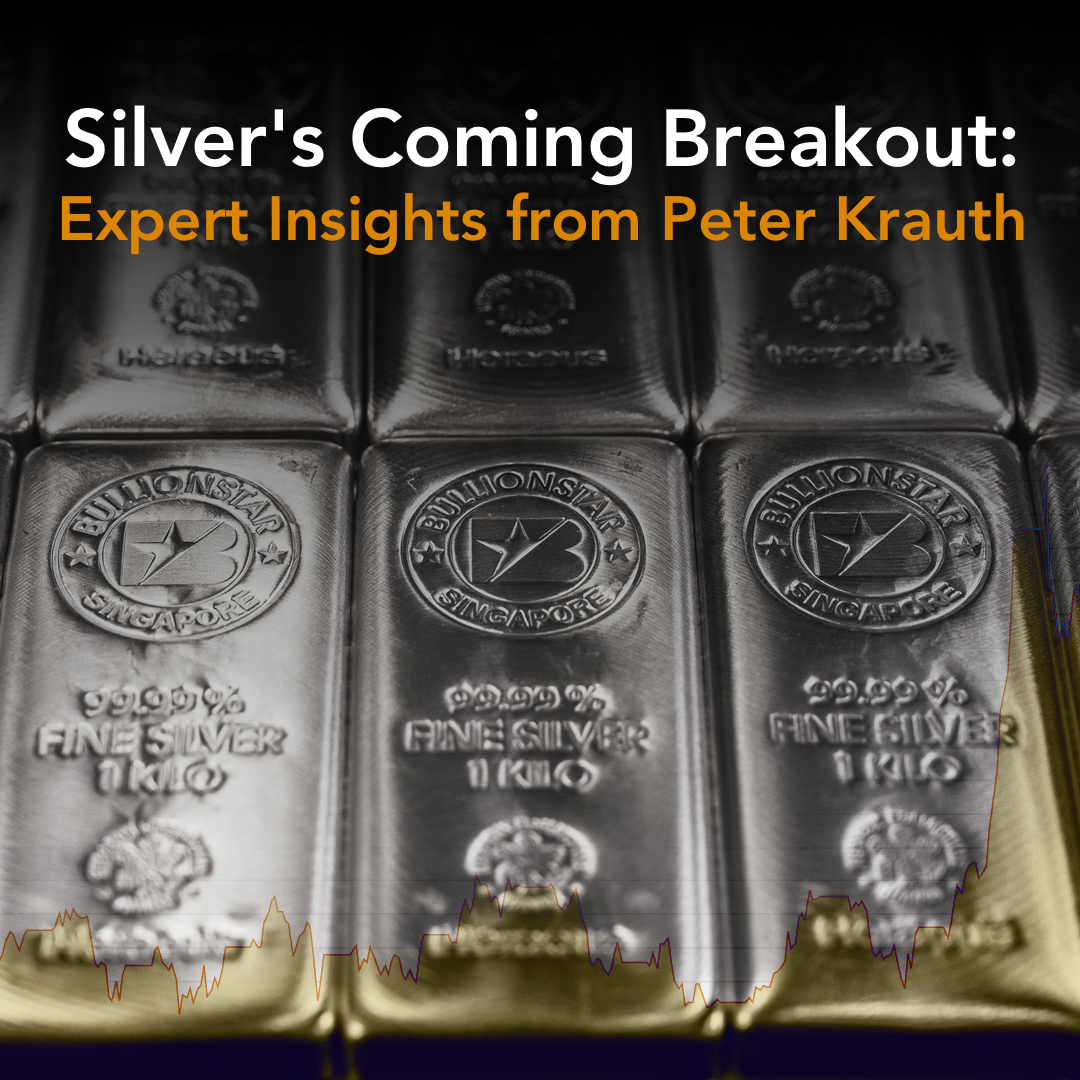The structural silver deficit and pricing potential
In a recent conversation with Bullionstar, well -known silver market expert Peter Kruth, author of “The Great Silver Bull” and editor of Silver Stock Investor shared, compelling insight into why Silver could be ready for a historic breakout. Despite already impressive gains in recent years, Krauth believes we are still in the early laps of a larger bull market that can eventually take silver to levels that few investors can imagine.
https://www.youtube.com/watch?v=CQ8cu9ecmcc
Understanding of the sustained silver deficit
At the core of Krauth’s Bullish View is the sustained structural deficit in the silver market. “Supply is about one billion ounces a year. About 850 million ounces or 85 percent come from mining. And the other 15 percent come rough from recycling,” Krauth explained. “In the last four years, demand has been about 1.2 billion ounces a year on average. So we look at a 20 percent deficit every year in the last four years.”
This ongoing deficit raises a crucial question: How can silver prices remain relatively muted despite such a significant supply deficit?
The secondary supply pad is exhaustive
According to Krauth in a row, the answer lies from secondary silver supply across the ground from larger exchanges. Since the beginning of 2021, stock levels at Shanghai Futures Exchange, London Bullion Market Association (LBMA) and Comex have dropped dramatically – by 40% to 70% depending on the exchange.
KRAUTH believes that these exchange holdings have temporarily buffet the price impact of the structural deficit. Large industrial consumers, especially from the sun sector, have been able to utilize these stocks by taking physical delivery against future contracts. However, this buffer is quickly discharged.
“This could continue for about 12 or 18 months at the current pace. And after that, we would really dry this secondary supply of silver,” notes KRAUTH, referring to a supporting analysis from TD Service papers that reached similar conclusions.
The perfect storm at higher silver prices
Industrial demand vs. Investment demand
The changing composition of silver needs creates what Krauth describes as a perfect storm at higher prices. A decade ago, industrial applications and investment demanded demand that there were approx. 50% of the total silver consumption. Today, industrial demand has grown to approx. 60% of the market where investment needs shrink to 40%.
This shift is critically important because:
-
- Growth in the sun sector: Solar panel production now consumes almost 25% of the annual mining provider, with demand continues to speed up
- Technological advances: Newer solar technologies (TopCon and HEEL) require 50-150% more silver per day. Panel than previous generations
- Restricted Investment Pool: When Investment Demand Inevitably Returns Intog
“When this demand comes back in a big way for people who say, I have to get my hands on some physical silver, there will now be less accessible every year. And it will help increase the price higher and faster,” explains Kruth.
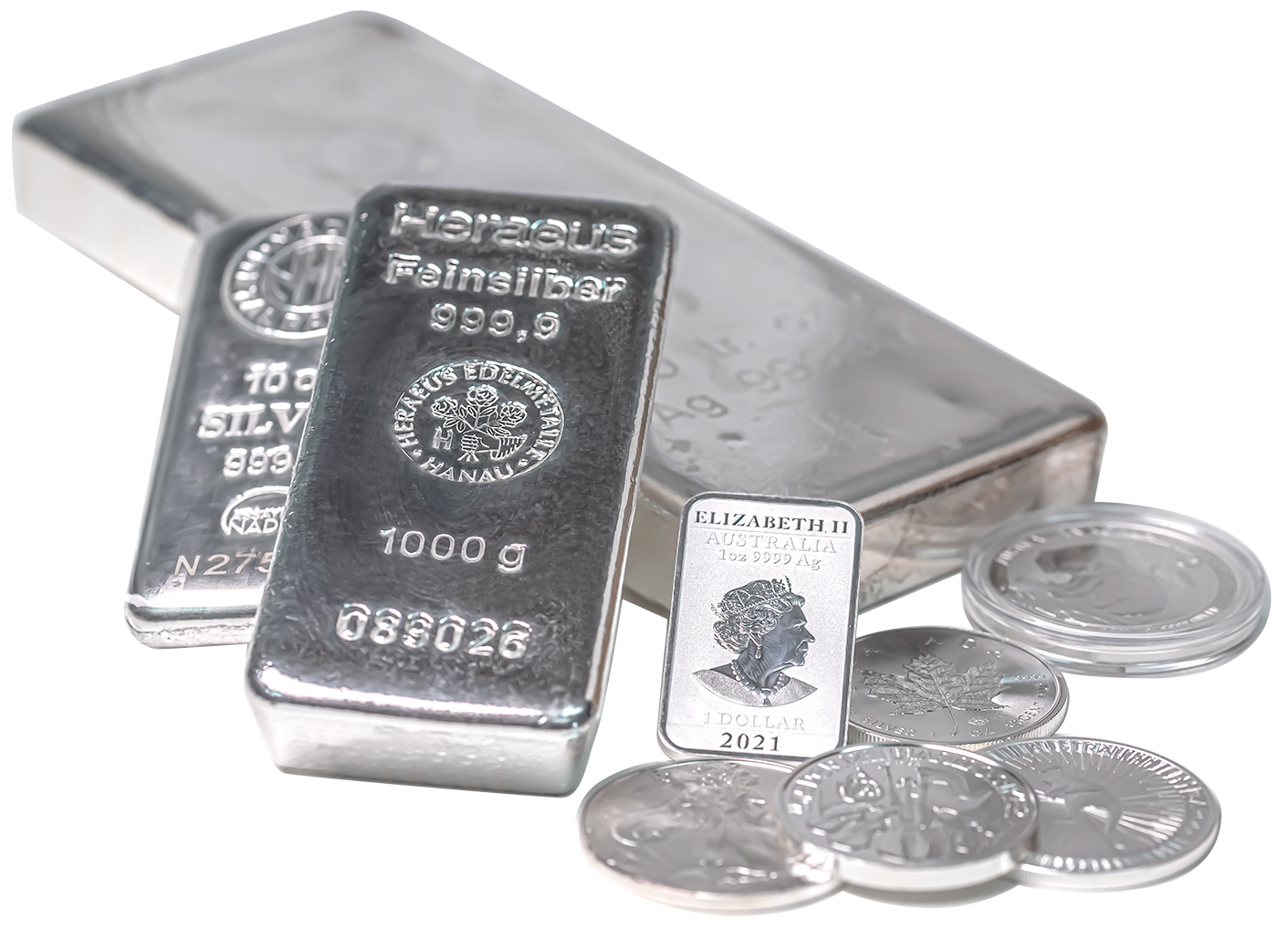
Physical density
Signs of density in the physical silver market are already displayed. KRAUTH shared an anecdote about a silver mining that revealed that industrial consumers are offering up to $ 4 above spot price and making pre -payments to secure the supply.
“We have seen leasing rates remain high on silver … We have seen exchange for physical (EFP) prizes have been high. And both of these things are still talking to serious density in the silver market,” Kruth notes.
Monetary factors and inflation
While much of Silver’s recent price action is driven by industrial factors, Kruth believes that monetary and inflation -related catalysts will increasingly come into play.
Inflation and central bank’s credibility
“I think retail investors and professional investors have really been expressed with the fact that we are in a new paradigm, a new environment when it comes to inflation, and that inflation will remain increased in probably the better part of a decade to come,” says Kruth.
He sees parallels for the 1970s as stagflation (weak economy combined with high inflation) created an ideal environment for precious metals. KRAUTH expects central banks to eventually be forced to reduce rates, even in light of persistent inflation, which seriously damages their credibility.
“Cutting speeds in light of rising inflation will tell the market that they have lost control, they really have no more choices. And again, this is rocket fuel for both gold and silver.”
Silver’s performance during speed cutting cycles
KRAUTH highlighted a particularly compelling pattern: Silver’s explosive performance during the Federal Reserve Rate-Cutting Cycles. While gold tends to work well as soon as speed cuts begin, silver typically starts when bold is about halfway through its cutting cycle.
“In the last three rates of cutting cycles, Silver rose on average over 300% over the next 12 to 18 months or so. So silver explodes absolutely when we are in that kind of environment.”
Gold-silver ratio and the price targets
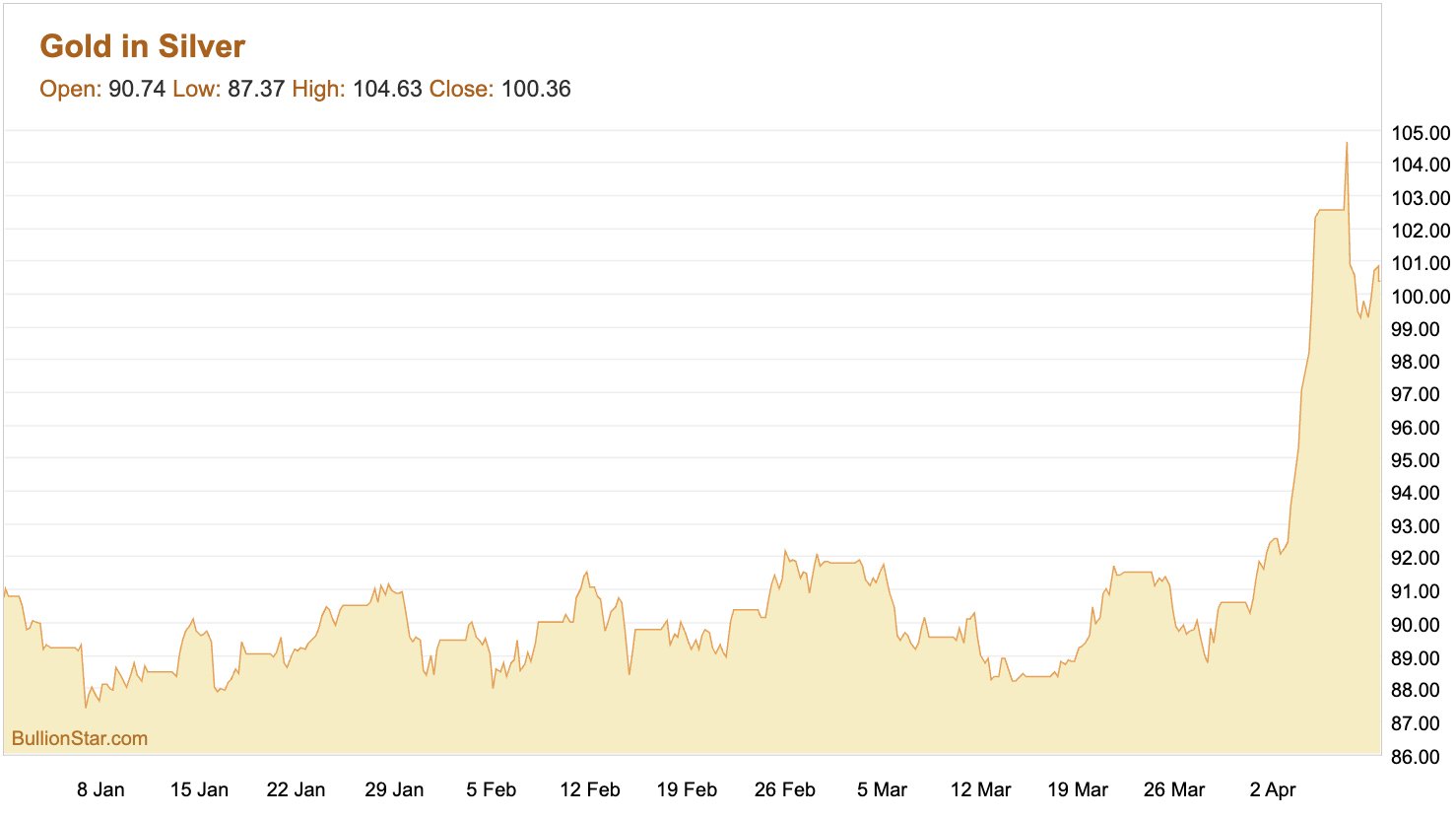
Currently, the gold-silver ratio is almost 100: 1, which means it takes about 100 ounces of silver to buy an ounce of gold. Historically, this relationship is average closer to 55-60: 1, which suggests that silver is significantly underestimated in relation to gold.
When asked about his long-term price target, Krauth stood in his book: $ 300 silver in a potential mania phase. Although this figure may seem extreme, Krauth will raise it from several indicators and historical patterns from previous bull markets, including a gold price target of $ 5,000- $ 10,000.
“I think it is very realistic, but I think we could enter an investment environment, an economic environment where gold and silver reached these enormous heights, but there has been so much inflation of Fiat currency at the time that these heights will not be as impressive or as meaningful as they may sound today.”
De-dollarization and precious metals
The interview also addressed the topic of de-dollarization and the potential role of gold and silver in a world of multiple currencies. While KRAUTH does not expect a sudden collapse of the dollar, he expects a “slow grinding lower” as countries are increasingly finding alternatives to international trade.
Interestingly, Krauth noted that gold has now surpassed the euro as a reserve asset for central banks around the world, while the US dollar share of global reserves has dropped from the middle to high 60 percent range to the low 50 percent range in the last 15-20 years.
Investment consequences
For investors who are interested in getting exposure to the silver market, Krauth’s newsletter, Silver Stock Investor, covers the full spectrum from physical silver and silver -TEFs to mining, ranging from major producers to junior explorers.
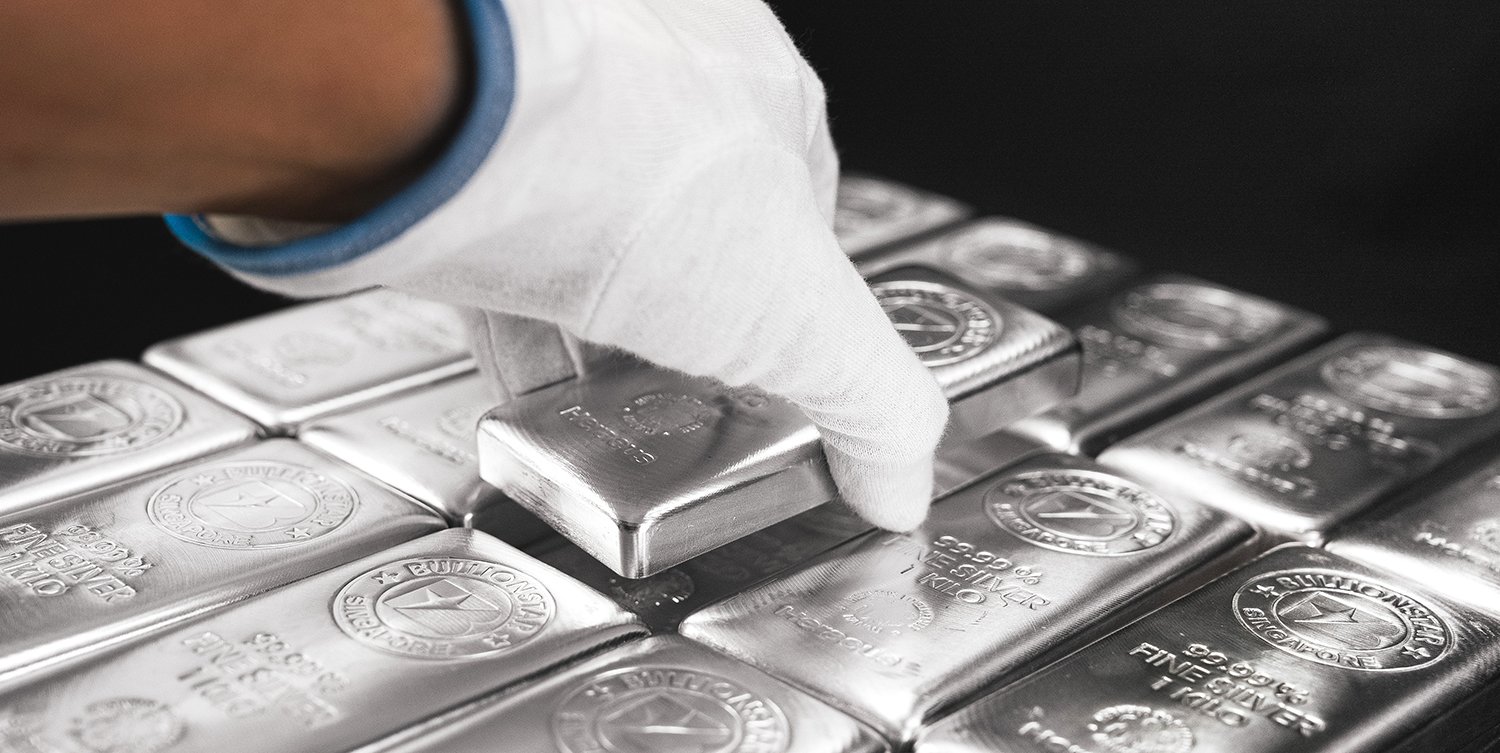
When considering the physical versus paper debate, KRAUTH’s perspective is clear: “Having the silver in hand right now has a prize for it … Future delivery has a big question on it. The supply is very questionable. We are prepared to pay more to have it in our hands right now.”
Conclusion: Early days at a historic bull market
Despite Silver’s impressive journey from $ 4 in 2001 to $ 50 in 2011 and recent heights around $ 35, Krauth emphasizes that we remain in the early stages of what could be a historic bull market. Adjusted for inflation, Silver’s previous top of $ 50 in 2011 would equate to $ 65 today, while the 1980 height of $ 50 would translate to over $ 145 in current dollars.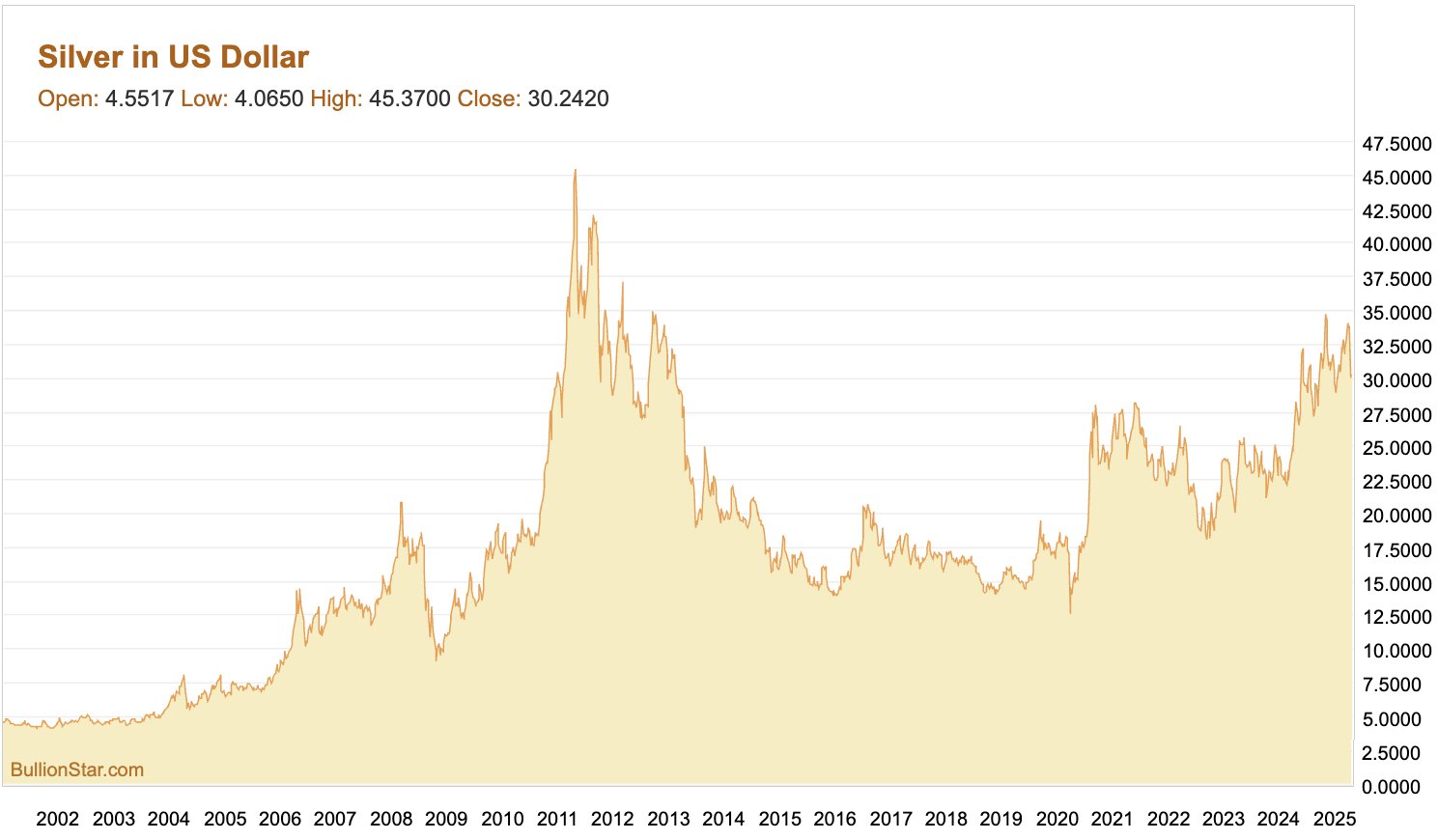
As industrial demand continues to grow, especially from sectors in solar and data center, and when monetary policies that potentially erode Fiat currency values further, the case is becoming significantly higher silver prices increasingly convincing.
“I think we could be in a whole new global economic environment, where precious metals, if they do not have an official role in the financial system, even have some kind of de facto role as money, I think it will support these really high prices potentially for decades.”
For investors seeking both inflation protection and potential capital assessment, KRAUTH’s analysis suggests Silver Merites serious consideration as a core portfolio that lasts in the coming years.
This blog post is based on an interview with Peter Krauth performed by Bullionstar in April 2025. This content is for information purposes only and should not be considered as investment advice.
